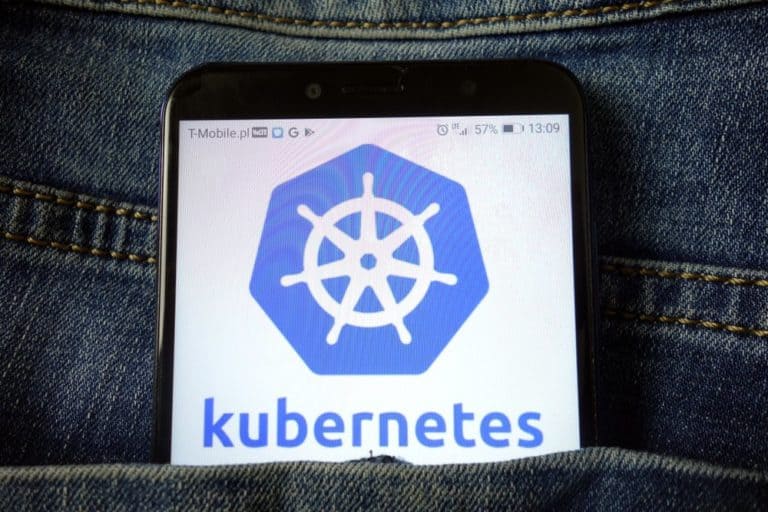Research from software vendor Fairwinds points to a number of ongoing problems regarding Kubernetes. In the Kubernetes Benchmark Report 2023, the researchers focus on a number of core issues: reliability, security and cost-effectiveness. What stands out most is that 2022 shows worse numbers in some areas than the year before.
Fairwinds sees that many DevOps team leaders lack the visibility desired in cluster management. The effects of this range from unnecessary security risks to excessive cloud costs and lost customers due to poor application performance, according to the research team.
Understaffed
The report, which can be requested for free here, speaks to a problem that will be familiar to many: DevOps teams are simply understaffed. For that reason, Fairwinds recommends deploying Kubernetes policies and traps that prevent container technology deployments from having disappointing results.
With Kubernetes clusters, the general advice is to set limits on resource usage and the number of requests on workloads. This is easier said than done, as new applications are constantly scaling and emerging at organizations. This innovation is evidently happening so fast that the study actually sees a drastic decline in the application of these resource and request limits. Where in 2021, 41 percent of organizations did so for 90 percent of their own applications, that percentage has dropped to 17 percent by 2022. In other words, while Kubernetes usage is increasing, visibility is decreasing. This leads to unnecessary and unaccountable costs, as it makes applications more likely to claim far too many hardware cycles undisturbed.
Another way to keep Kubernetes usage efficient is to deploy so-called liveness probes. These probes monitor the health of and application and see if a Kubernetes container is running. Without these probes, a stalled container can still run, once again snatching hardware resources with no end result. Again, the researchers note that 2022 has worse results than 2021: where 65 percent had not deployed liveness probes for more than 10 percent of workloads, it is now 83 percent.
Other problems include missing deployment replicas, which occurs in a quarter of organizations. CPU limits are also not consistently tracked, while missing CPU-requests make it possible for one Kubernetes pod to hijack resources that another pod had intended to use.
Good news
Of course, there is also good news to report: Kubernetes guardrails, for example, provide faster troubleshooting. One catches misconfigurations rather than causing problems. In this area, Fairwinds recommends using its own software. Not too surprising. In any case, what one offers for free is the report. That can be requested here.
Also read: The State of Kubernetes In 2023
